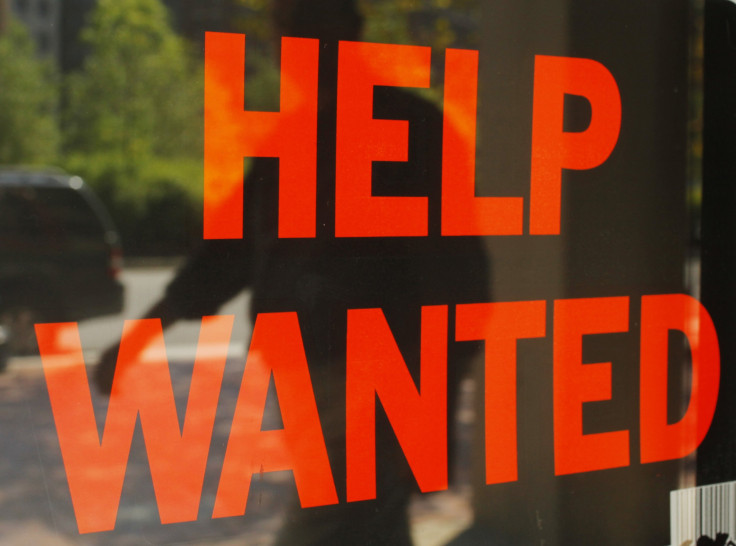US Employers Having Trouble Filling Job Openings: Report

By Lucia Mutikani
WASHINGTON (Reuters) -- U.S. job openings surged to a record high in July and employers appeared to have trouble filling openings, the latest signal of an increasingly tight labor market that could push the Federal Reserve closer to raising interest rates.
The monthly Job Openings and Labor Turnover Survey, or JOLTS, is one of the job market metrics on Fed Chair Janet Yellen's so-called dashboard. It was published ahead of the U.S. central bank's Sept. 16-17 policy meeting.
Despite the tightening labor market and a strong rebound in economic growth, the probability of a rate hike at next week's Fed meeting has been diminished by recent volatility in global stock markets.
"Will today's blowout job openings number tilt the scales at all for next week's Fed decision? One might think it should matter ... but with data dependency apparently now extended to how equities trade, it is not certain how this report will shade their thinking," said Michael Feroli, an economist at JPMorgan in New York.
Job openings, a measure of labor demand, increased 430,000 to a seasonally adjusted 5.8 million, the Labor Department said on Wednesday. That was the highest level since the series started in December 2000 and pushed the jobs openings rate to 3.9 percent in July after holding steady at 3.6 percent for three straight months.
Hiring, however, dipped to 5.0 million in July from 5.2 million the prior month. The hiring rate slipped to 3.5 percent from 3.7 percent in June.
"The data now signal unambiguously that the labor market is unable to supply the people companies need. Usually, that means wages will accelerate, though the evidence for that now is mixed," said Ian Shepherdson, chief economist at Pantheon Macroeconomics in New York.
SLOWER PACE OF LAYOFFS
While labor market slack is diminishing rapidly, it has not spurred strong wage growth, leaving inflation running well below the Fed's 2 percent target.
The labor market tightness was underscored by a sharp drop in the number of unemployed job seekers per open job to a record low ratio of 1.44 in July from 1.56 in June.
"Combining these data with figures from the Labor Department's employment report suggests that labor market slack continues to diminish," said Jesse Hurwitz, an economist at Barclays in New York. "On balance, the data suggest labor demand held up solidly at the beginning of the third quarter."
The JOLTS report also showed a slower pace of layoffs in July, with the layoffs and discharges rate falling to 1.1 percent from 1.3 percent the prior month. But the quit rate, which the Fed looks at as a measure of job market confidence, was unchanged at 1.9 percent for the fourth straight month.
Job openings were concentrated in professional and business services, accommodation and food services, retail trade and nondurable goods manufacturing. There were strong increases in job vacancies in most private, service-providing industries.
A separate report from the Commerce Department showed consumer spending, including healthcare spending, increased at a faster pace than the government had assumed in its second estimate of gross domestic product published last month.
Economists said that suggested second-quarter GDP growth could be raised to a 3.9 percent annual pace from the 3.7 percent rate the government reported last month.
(Reporting by Lucia Mutikani; Editing by David Gregorio and Paul Simao)
© Copyright Thomson Reuters 2024. All rights reserved.











